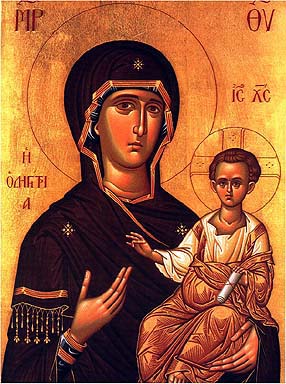James Kalb, "What the Traditional Mass Means to Me" (Crisis, December 4, 2014).
[Note: the article that follows was sent to me by my correspondent, Guy Noir, and carries his emphases, as well as an asterisk appending a comment by him at the end.]
I came to the Church through the Traditional Latin Mass.
I would have converted anyway. It was becoming more and more obvious that the Church was where I belonged, and it seemed pointlessly obstinate and even artificial to remain apart from her. But the Traditional Mass made the situation clearer, because it made it more obvious what the Church is.It is easy for present-day Americans to get that point wrong. The Catechism and the Second Vatican Council say that the Mass is “the source and summit of the Christian life.” The claim seems odd to most of us today. Americans usually think religion has to do with spirituality, which we see as personal and rather vague, with moral commitment, whether defined as “family values” or as “social justice,” or with joining a community of mutual concern, acceptance, and support. Even if we accept in theory that the religion to which we claim to adhere is something much more definite, it goes against the grain to treat the definite part as more than decorative. After all, doctrine divides, and we’re all pragmatists, so why emphasize that side of things?If you look at religion that way a worship service becomes something like a lecture, pep rally, self-help meeting, or social get-together. Other people do those things at least as well as Catholics, so why bother with Catholicism? Why not go with something even more modern and American than the New Mass as presented in the average suburban parish? Why not do praise and worship at a megachurch?The Traditional Mass made it clear that the Mass is something different from all that.

 Father Eduard Perrone, "
Father Eduard Perrone, "

